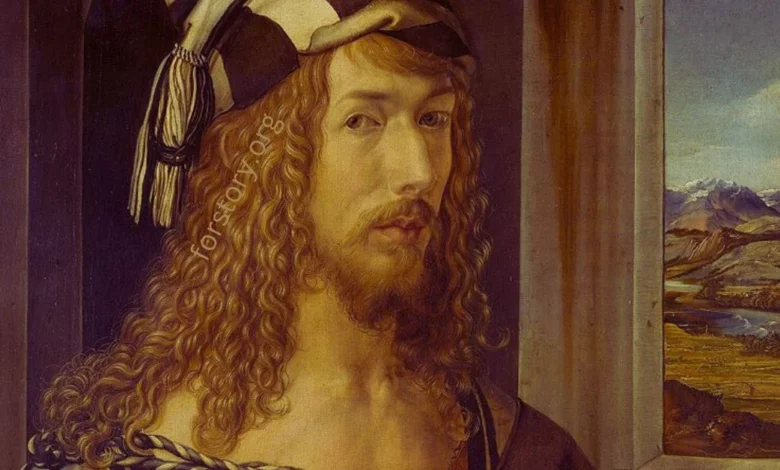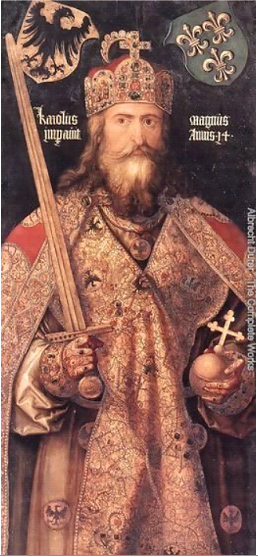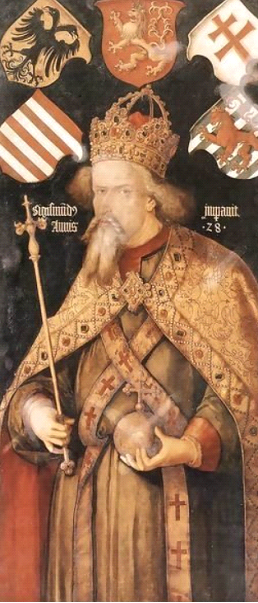A brilliant and multi-talented artist: Albrecht Durer’s style

Albrecht Durer, the famous German artist of the Renaissance, is known as an author, painter, and printmaker. His variety of works includes watercolor paintings, self-portraits, woodcut art, and copper engravings. His work incorporated the fine details drawn from the classical art style and Humanism and Gothic inspiration drawing its root from Italian artwork.
Apart from creating a mix of Gothic art and works influenced by the Italian Renaissance, Durer focused on creating artwork in line with mathematical concepts. The variance in his style of art has made him a multi-talented artist who continues to enjoy a special place in the world of art.
Durer’s style of artwork
Along with being famous for printmaking, Durer was a renowned painter. Much of Albrecht Durer’s drawings revolve around capturing religious subjects that you can still see in Museums today. One example, as mentioned earlier, is that of Adam and Eve.
You can learn all about Albrecht Durer artist by looking at the painting themes he touched upon. In addition to painting religious art, painter Albrecht Durer was also fond of producing watercolor paintings, and much of his works encompass landscapes. He was obsessed with incorporating realism in his artwork, and his closeness to nature regarded him as a famous landscape painter.
In his observational artwork, Young Hare is an excellent example of photographic accuracy. Durer has efficiently painted the texture of the Hare’s fur, which is not an easy task to do, especially with the light and shadow detail. Durer’s efficiency, however, can be understood by how he gives the animal a unique individual expression, thereby classifying him as an outstanding painter.

Albrecht Durer – Emperor Charlemagne
The use of Mathematical Principles in Durer’s artworks
It was till the 1500s that Albrecht Durer artists continued to swing between the Gothic style of art and the style of the Italian Renaissance. He finally sought a direction thenceforward and came in contact with Jacopo de’ Barbari, an artist inclined to decipher geometric solutions to human proportions. And soon, Durer was found resorting to uncovering human proportion concerning the Italian Renaissance. The best example of this adaptation is in Durer’s creation of Adam and Eve, where the artist creates human beauty in the ideal calculated manner.

Albrecht Durer – Emperor Sigismund
An eye for great detail
Durer mastered delicacy and paid close attention to detail, a fact about Albrecht Durer that cannot go uncovered. He sought this style under the influence of Renaissance Venetian Giovanni Bellin. This artist influenced Durer to create soft figures of man and woman. Also, the half-length portraits of both genders created during the 1500s showcase Durer’s style dealing with the flexibility and softness of the subject.
The Classical style of art
The artwork by Albrecht Durer is influenced by Italian art and reflects a great depth generated from the classical art style. Durer is said to use art as a form of deep expression. His engraving, the Knight, Death and Devil, and St. Jerome in His Study, is an example of a perfect piece of iconographic detail. Durer also aimed to raise his artistic bar to the highest intensity by producing these works. The rich symbolism and the completed version are a true depiction of the classical style of art that Durer incorporated in his artwork.
Durer’s visit to Italy and its impact on his art style
Regardless of the painter Albrecht Durer life story, especially the childhood that had him exposed to goldsmithing and sketching, it is true about Albrecht Durer that his trips created a great impact on the art he produced.
In this regard, Durer’s visit to Italy strongly impacted the work he produced in the decade after. Italian art simply echoes in his paintings, drawings, and all other graphics. Durer was inspired by the style of Antonio Pollaiuolo and Andrea Mantegna, Italian artists. They taught Durer the precise linear way to produce a human figure and the style dominating humans in motion. The religious and allegorical works produced by Durer are either an example of adaptive Italian work or a new demonstration of the Renaissance.
Woodcuts
You can see the Italian influence of art more on Durer’s paintings and engravings and less on his graphics. In this regard, there is a presence of bold Gothic elements in Durer’s woodcuts, and the Apocalypse series is the best example. The woodcuts of this series demonstrate an emphatic display of rich emotions along with overcrowded composition. This style also dominates the earlier woodcuts by Durer (Great Passion series), whereas the use of modern humanism and classism indicates Italian orientation in the art produced by Durer.
Engravings
It was in the 1940s that Durer learned to use a tool to cut steel and started making engravings. Engravings are, therefore, done at the end of the woodblock. Compared to woodwork, the engraving style allowed Durer to create more extensive pieces of artwork, such as Melencolia I. However, after his exposure to the Italian art style, Durer began producing copper engravings inspired by the Italians. Some of the examples that showcase this fact include works like Adam and Eve, The Sea Monster, and The Four Witches.
Conclusion
It was in 1521 that Albrecht Durer’s health began to decline. He started focusing on religious, more secular pictures but did not paint any big paintings. This was not only because of his deteriorating health but also his interest in writing. His focus was more on publishing books about mathematics, geometry, proportion, and other perspectives. He was, therefore, able to complete two of his books, out of which one on human proportions was published after his death. Durer died in 1528, leaving behind a name in the world of art that can never be forgotten for life.
visit for more articles :https://forstory.org/




